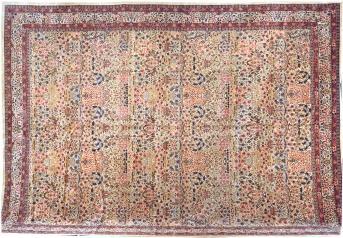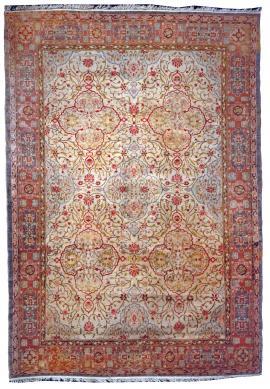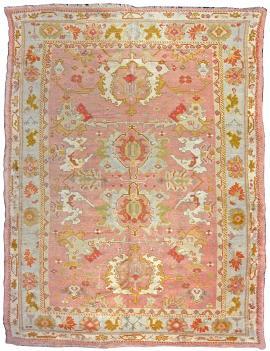Ottoman Empire - Town Production
Anatolian carpets have been woven in the area of present-day Turkey since the 13th century with the arrival of the Seljuks, who were nomadic tribes from Central Asia. Turkish rugs were first brought to Europe in the Middle Ages and were in such high demand that Europeans in the fifteenth and sixteenth centuries referred to all oriental carpets as "Turkey rugs”. Each Ottoman weaving center created an innately Turkish rug with a distinct signature style native to its specific region. Carpets from Sivas are often finely woven interpretations of the classical Persian medallion design and have floral infill. Hereke rugs often feature luxurious materials such as silk and metal-thread worked into designs emulating the antique Persian carpets of the Ottoman and Safavid Court workshops. Ghiordes, in the western part of Turkey, is known for precisely figured, colorful, multi-bordered antique prayer rugs with open prayer niches, and stylized architectural motifs. The coloration of Turkish carpets is often sweeter than those of other places with the deep reds, terracottas, royal blues and acid yellows of pre-1800 Classical Ottoman production giving way to the summer fruit tones of later carpets. The 19th and early 20th century carpets of Oushak and Borlu have the dramatic scale, informality and pleasing palette most attractive to today’s taste.
Sivas Carpet
Price on application
Turkey, circa 1900
17ft 0in length x 12ft 9in width
5.18m x 3.89m


